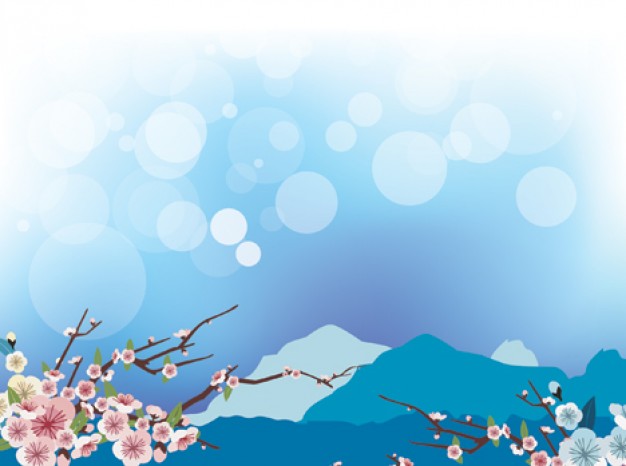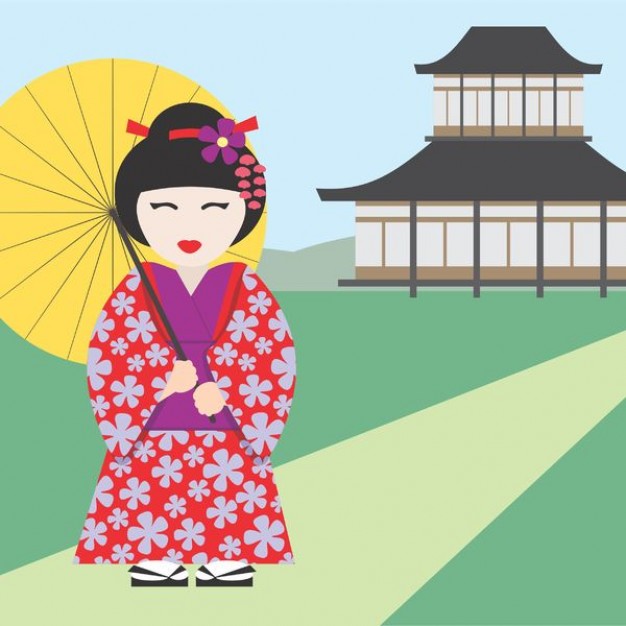Dynamite in Small Packages: Japan’s Amazing Literacy Rate
 Fact: The literacy rate in Japan is almost 100%
Fact: The literacy rate in Japan is almost 100%
Yes, it is true that overall, Japanese literacy is near 100%. In fact, this is why a language spoken by only one country with no colonial influence and only a few isolated pockets of emigrants throughout the world can be categorized as one of the top 10 most widely spoken languages on the planet; nearly 128 million Japanese living in Japan can read and write their national language.
Other countries with 99% (or better) literacy rates include Australia, Belgium, Canada, the Czech Republic, Denmark, Finland, France, Germany, Hungary, Iceland, Ireland, North and South Korea, Liechtenstein, Luxembourg, Netherlands, New Zealand, Poland, Russia, Sweden, Switzerland, Ukraine, the United Kingdom, and the US. Countries currently boasting 100% literacy rates include Andorra, Greenland, and Norway. By contrast, Afghanistan, Chad, and Mali all vie for the lowest literacy rate (all in the low to mid 30% range), with South Sudan setting the current record for the worst literacy rate among its population - an astonishingly low 27%.
Let’s take a moment to look at what this really means in terms of what the population of Japan is actually able to read. As a language, Japanese employs 3 separate script systems – 4 if you include Romaji, which uses the Latin alphabet and was created to help non-Japanese Westerners learn to speak the language. Of the 3 scripts currently in use in written Japanese, Kanji is idio/pictographic, largely based on traditional Chinese characters imported to Japan hundreds of years ago. Two additional syllabaries are widely in use – Hiragana for Japanese words and Katakana for foreign words, brand names, sound effects and other specialized words.
Unlike alphabets, syllabaries feature characters which represent syllables: a, i u, e, o; ka, ki, ku, ke, ko; etc. Both Hiragana and Katakana represent exactly the same collection of syllables, but each system offers its own character for that syllable, to be used based roughly on the applications mentioned above.
When Japan reports a near 100% literacy rate, this takes into account overall literacy of all 3 unique Japanese writing systems, but largely ignores the interesting fact that in recent years since World War II and possibly before, there has been a steady decline in overall literacy of Kanji – the borrowed Chinese portion of the Japanese writing system. Though beyond the scope of this short article, the notion of this strong decline in one form of literacy, accompanied by a simultaneous rise in literacy rates for the 2 Japanese syllabaries currently in use, deserves further study.
In spite of conflicting data, though, it is still quite remarkable that a nation of 128 million can claim 99+% literacy. While taking a break from learning to read and write Hiragana, Katakana and Kanji, you should check out more of the wonders of this tiny but influential country in our True or False game about Japan!
Do you know how literate your nation is? Send us your literacy rates in the comments section below!



